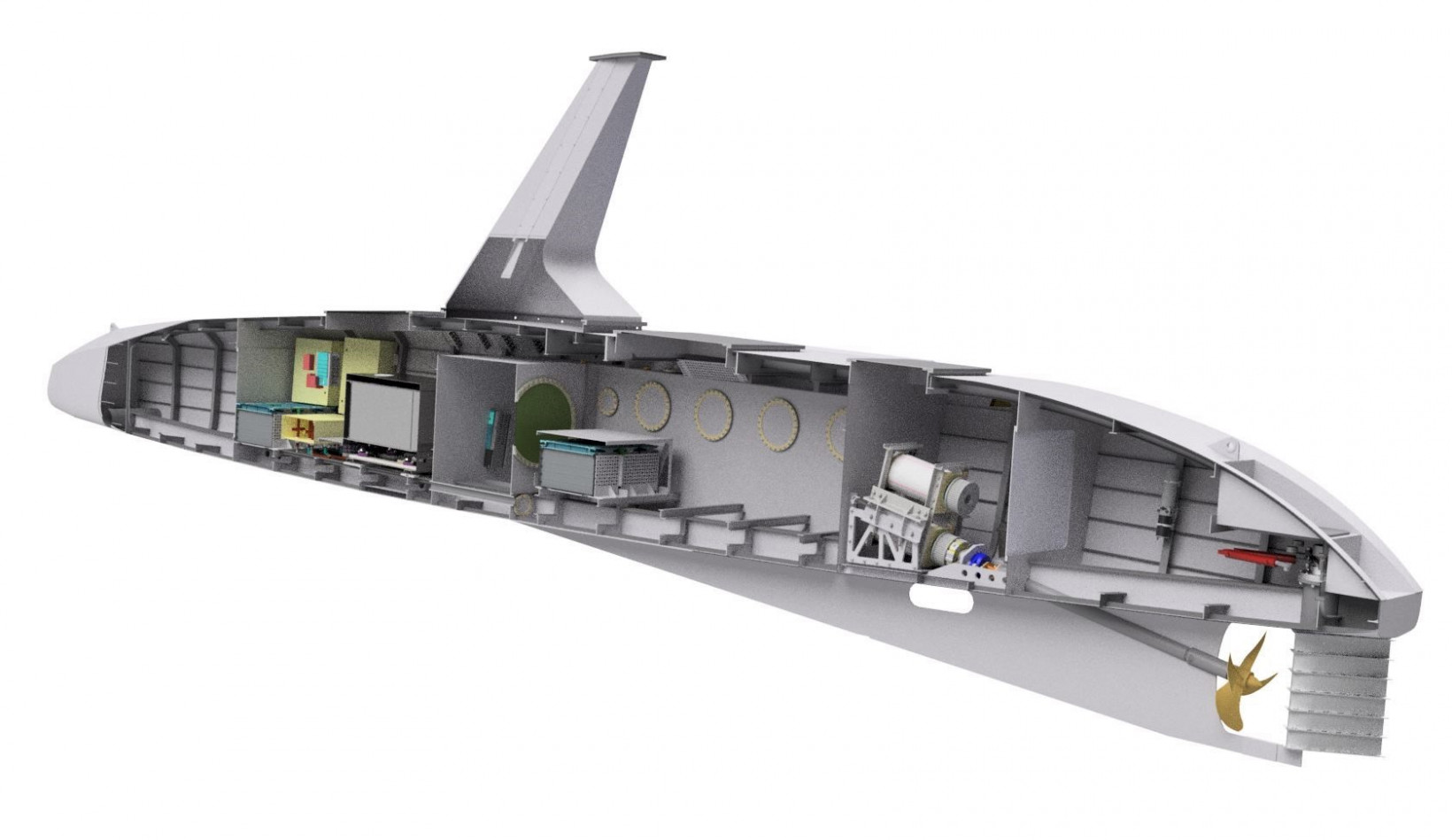The AI and solar-powered marine research vessel is designed to collect environmental data that can deepen our understanding of global warming, ocean pollution, and marine mammal conservation. It will first spend six months in sea trials before attempting to replicate the Pilgrim’s transatlantic voyage in Spring 2021. The ship uses IBM’s computer vision tech to detect ocean hazards captured by onboard cameras, forecast data from The Weather Company to avoid approaching storms, and automation software to ensure that decisions follow international collision regulations. All this information will be sent to the ship’s AI Captain, which continuously analyzes the data and adjust its plans accordingly. [Read: Are EVs too expensive? Here are 5 common myths, debunked] The whole system runs on small edge computing devices installed on the ship, which give the vessel enough compute power to operate without a permanent internet connection. Jonathan Batty, IBM’s head of communications for the project, said all the research equipment onboard has to operate autonomously even when there’s no connectivity: You can follow the vessel’s voyage through an interactive web portal that provides live updates on its location, environmental conditions, and the research data it’s collected. So you’re interested in AI? Then join our online event, TNW2020, where you’ll hear how artificial intelligence is transforming industries and businesses.
